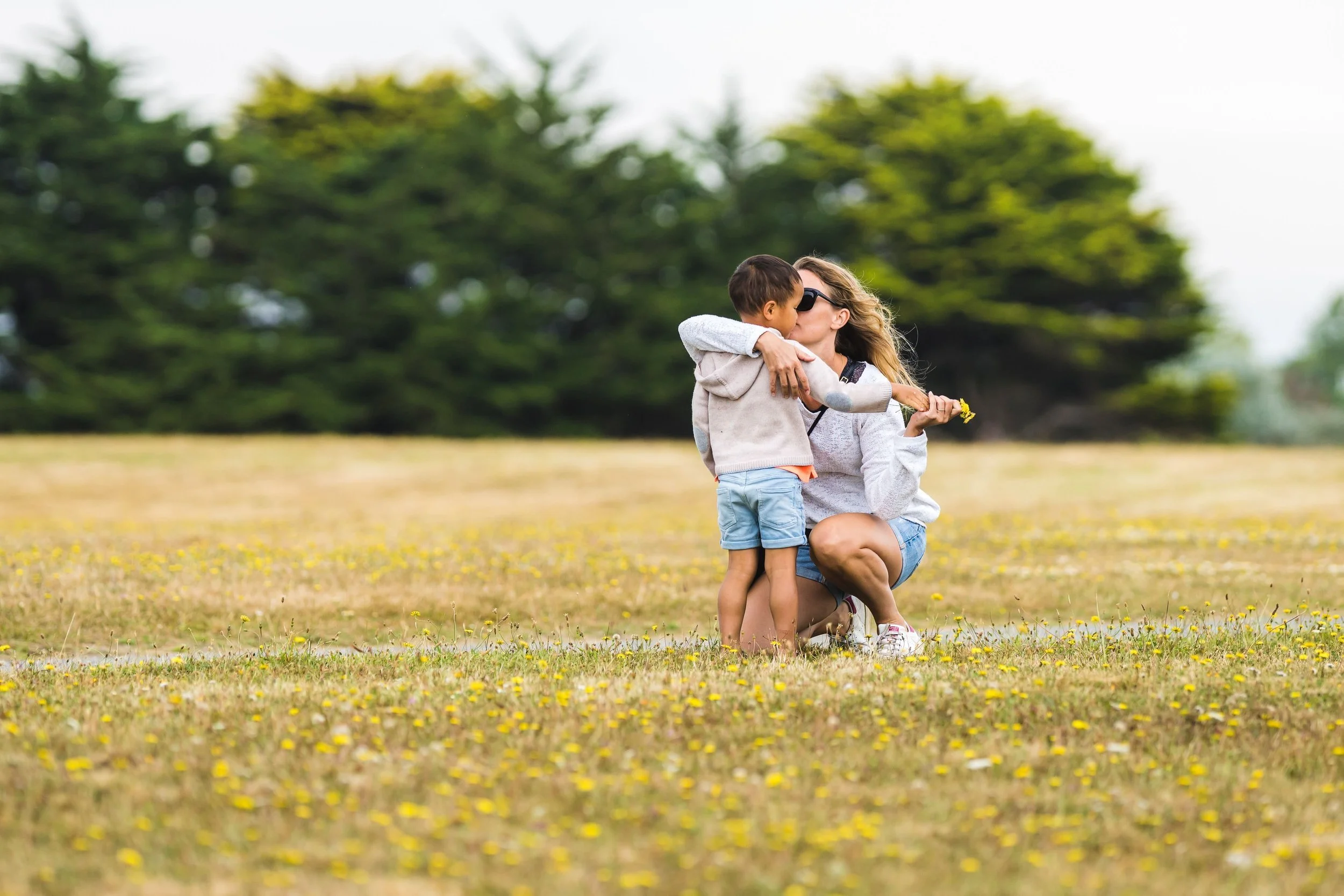The different states of the nervous system (kids version)
There are 3 ‘types’ of states that the nervous system can experience. And even then, the different states are more of a spectrum (rather than completely separate). In fact, it’s entirely possible to feel like you’re in ‘mixed states’ - ie more than one of the states - at the same time.
Today I want to cover the different states and how they relate to child behaviour. The nervous system is largely overlooked in children by many professionals, yet the subconscious part of our nervous system drives 90% of our behaviour. Let me say that again - 90% of our behaviour is SUBCONSCIOUSLY driven by the state of our nervous system! It simply makes sense to better understand our nervous system when we understand this fact.
These states of the nervous system are described by the Polyvagal theory, and are all in response to the level of threat / safety the body is experiencing.
I’ve created some ‘nervous system archetypes’ for kids (which are actually just animals) because it helps you understand how each might feel in their ‘state’ - you’ll see them in each category below!
Ventral Vagal State = Social Engagement
The ventral vagal state is the calm, regulated state we all strive to be in. Typically, if you hear someone speaking of activating the vagus nerve, THIS is the part of the vagus nerve they’re referring to. (The vagus nerve actually has 2 branches - we will touch on the other branch shortly).
The ventral vagal state is what makes us feel calm, wanting to socialise, able to feel safe in our environment and in our own body, and able to regulate emotions (without constantly firing off). It is part of the parasympathetic nervous system - you may have heard of this as ‘rest and digest’.
Ventral vagal is the “friendly rabbit”
Children in a ventral vagal state experience:
Desire to socialise with parents or other kids (depending on the age)
Easy to make eye contact with others
Generally joyful disposition
Resilient to stress - such as transitions, new experiences, conflict
If gets activated, can calm within a reasonable timeframe
Sleep easily (typically)
Digest food easily, have adequate appetite
Sympathetic Activation = Fight/Flight/Fawn
This activation is the first step of the stress response. And actually, we are meant to easily activate this part of our nervous system (it keeps us safe after all). During the day, we are supposed to be able to dip in and out of the ventral vagal / sympathetic activation, naturally in and out as our body responds to the demands of the day.
The issue with sympathetic activation is when we get stuck in that state, or spend too much of our day in the fight/flight/fawn. Let’s break down the behaviour of each of these states, remembering that your child might flick between the three (ie they can be stuck in a sympathetic state but shift between fight, flight and fawn).
Fight response - designed to help you face the threat head-on and fight for your life. The fight state is “the bear”.
Children in the fight response:
Experience aggression when triggered
The feeling that the world is out to get them
Appear defensive quickly
Yell and scream in conflict
Seem generally unhappy or on edge
May push or bite other kids
Flight response - designed to help you run away from a threat to keep yourself safe and alive. The flight state is ‘the bolting horse’.
Children in the flight response:
Tend to run away when feeling threatened
May storm off during conflict
Run and hide behind caregiver if uncomfortable
Seem restless
Can’t sit still
Appear distracted
Fawn response - designed to keep you “part of the pack” therefore unlikely to be picked on/picked out of the group as a target. The fawn response is ‘the labrador’.
Children in the fawn response:
Can appear shy or quiet
Often “well behaved kids” - very compliant
Teacher’s pet type children
Go along with their friends, even when they don’t want to
Have a hard time saying no to their peers or siblings
Find themselves with a dominant friend who tells them what to do
As all of these states are part of the sympathetic activation, it’s common for a child to experience all three. Sometimes, they might seem more fighty, other times they might seem more fawny. In fact, if you don’t understand the fawn response, you might wonder why your child is sometimes SO well behaved and other times SO dysregulated. Maybe their well behaved is actually fawning, rather than a completely regulated response.
Dorsal Vagal State = Freeze
The dorsal vagal response is really only activated when the sense of threat is so large, that the fight/flight/fawn hasn’t worked in helping you withdraw from the stress.
The freeze response is about hiding in plain sight. Or feigning death. In nature, if you ‘play dead’, your predator may often leave you alone to find other prey, in which case you can escape.
The freeze state is ‘deer in headlights’
A child in freeze:
Very shy and withdrawn
Often doesn’t speak unless fully comfortable
Struggles with new places / new people
Appears like a “deer in headlights”
Might be uncoordinated
Might be quite tired compared to peers/siblings (for no apparent reason)
Might even faint with extreme stress!
A child ‘stuck’ in anything except ventral vagal might have difficulty regulating their emotions and behaviour.
These are just some of the behaviours that children express while in each vagal state. Do you recognise your child in any of them? Do they experience one state as their dominant (or baseline) state? Or does your child experience all of them at different times?




